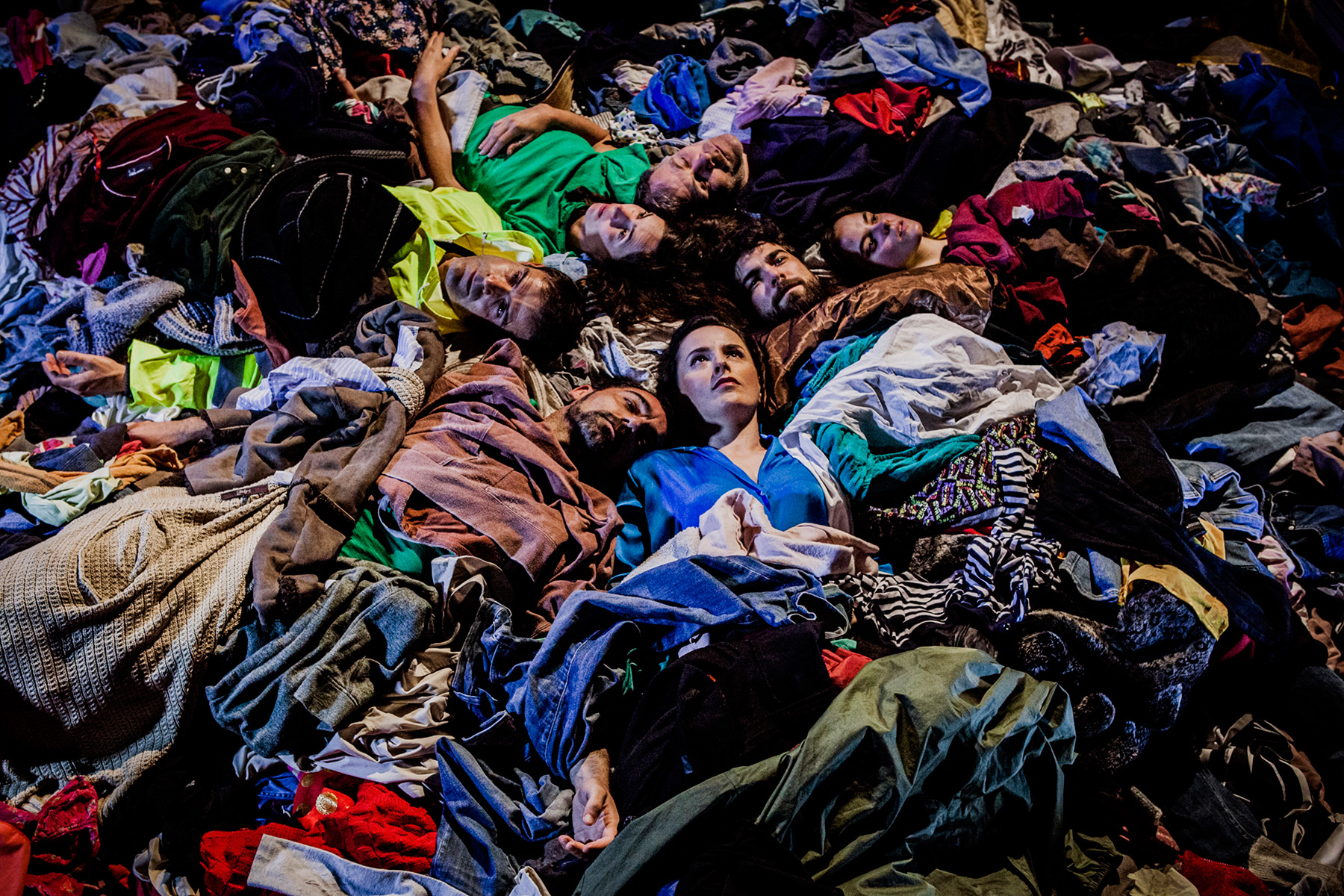Euskal Herria is approaching Italy in number of deaths and Spain is already up to Italy
- We began to compare the evolution of the Covid-19 plague in the Basque Country with that of Spain and Italy with the data from March 23 to try to get closer to the answer to the question: How hard are we suffering the attack of Covid-19 in Euskal Herria? The second control is made on the basis of data from 26, the third we complete with data from 30 March and until 3 April, for now the end of this cycle.

In the last five days, between 30 March and 3 April, it can be said that COVID-19 deaths in Italy have slightly slowed the pace. Following a week’s rebound (1.5 people died per 100,000 inhabitants), after daily figures were slightly reduced, the cumulative death toll stood at 24.3 per 100,000 inhabitants of the Italian population.
The Basque Country has been giving in the last five days worse data than Italy and is gradually approaching this proportion, with 19.3 deaths per 100,000 inhabitants cumulated until 3 April. Euskal Herria has taken four days to reach the proportions of the deaths that Italy brings, that was the delay on the afternoon of 3 April.
Compared to the three, Spain is the country that has evolved worst in the last five days, as it continues to rise rapidly. In a week, it has gone from a delay of three days with Italy to almost its height, so it is very likely that in the coming days it will be higher than Italy. With data from April 3, Spain collects 24.4 deaths per 100,000 inhabitants in this epidemic of Covid-19.

Looking at the deaths that occur day by day in Figure 2, we see how Italy recorded the worst figure on 27 March (1.5 deaths per 100,000 inhabitants) and since then, although gradually, it has maintained a downward trend.
In the case of Spain, it reached that ‘record’ of Italy on 26 March and in the next eight days it has gone above that figure, with daily mortality rates higher than those in Italy. In the last two days it has recorded the highest number of deaths per 100,000 inhabitants, with a decrease of 2.0. This may be the famous summit or ‘peak’ of Spain, which will be seen in the coming days. In any case, the upper back that would mark the top of Spain seems to be above that of Italy.
The daily evolution of the Basque Country lies between the evolution of Italy and that of Spain. The curve of Euskal Herria is above that of Italy and, at the same time, above the curve of Spain, except for a couple of days of exception. As with Spain, we do not know if in Euskal Herria the number of daily deaths (always per 100,000 inhabitants) has reached its peak, although this is suggested by the decrease in deaths in the last two days. In the following two or three days it will be decided whether this is the case.

Figure 3 shows the deaths in the total of Euskal Herria by territory. As mentioned above, the coronavirus epidemic in Euskal Herria has caused a total of 19.3 deaths per 100,000 inhabitants until 3 April. Álava continues to be the territory with the highest cumulative rate and, what is more serious, in recent days it has been the territory with the highest increase in deaths: in the last week it has increased from 31.7 deaths per 100,000 inhabitants to 54.2 counted, an increase of 22.5 points. In other words, in Álava the virus has already caused the death of one person per 2,000 inhabitants.
Navarre arrives second and has risen the most in the last week: To account for 23.5 deaths of a rate of 9.0 per 100,000 inhabitants.
Bizkaia brand, with one third of the population of Euskal Herria, approximately the average of the Basque Country:so far 18.1 deaths have accumulated per 100,000 inhabitants.
Gipuzkoa, on the other hand, maintains its relatively low rate, although, like the other territories, in the last week it has more than doubled its mortality rate, from 3.5 to 8.9 per 100,000.
With regard to Lapurdi, Baja Navarra and Zuberoa, in the absence of the net data from them, we can take as a reference that Ipar Euskal Herria constitutes half of the Atlantic Pyrenees in population and apply the mortality figures declared by the French authorities on the department. In this case (2.2 deaths per 100,000 inhabitants), the North would be below the rates of the South, far above.
Because we talk a lot about Lombardy, the region most hit by the Covid-19 epidemic in Italy, in the period we are referring to, cumulated until March 28 of 59.4 deaths per 100,000 inhabitants, has become one week later 83.1, almost 29 points higher. In the same period the mortality rate in Álava has increased by 22.5 points in the last week, a rise similar to that suffered by Lombardy.
In the same period, to have one more reference, in the Autonomous Community of Madrid, the most punished among the regions of Espaia, the mortality rate stood at 41.4 per 100,000 inhabitants on 28 March and a week later at 67.3, almost 26 points above... An evolution similar to that of Álava and Lombardy.

Graph 4 shows the mortality rates per 100,000 inhabitants per day caused by plague in each territory. The mortality rate in Euskal Herria (green line) has been increasing steadily in recent days, although there has been a slight decrease in the last two days. April 1 has been the worst day to date, with 2.0 deaths per 100,000 inhabitants.
Álava offers the most worrying data between the territories, as each day it is shown far away from the other countries, far above them. On April 1 and 2 were the worst days, both with mortality rates around April 5.
It is followed by Navarre, Bizkaia, Gipuzkoa and Ipar Euskal Herria, classified from the closest to the farthest. This order classification has been maintained virtually every day, so the cumulative mortality rates for each are on the rise.
What is happening is precisely the opposite between Italy, Spain and Euskal Herria, when the curves of the three are approaching. And that means a lot.






















